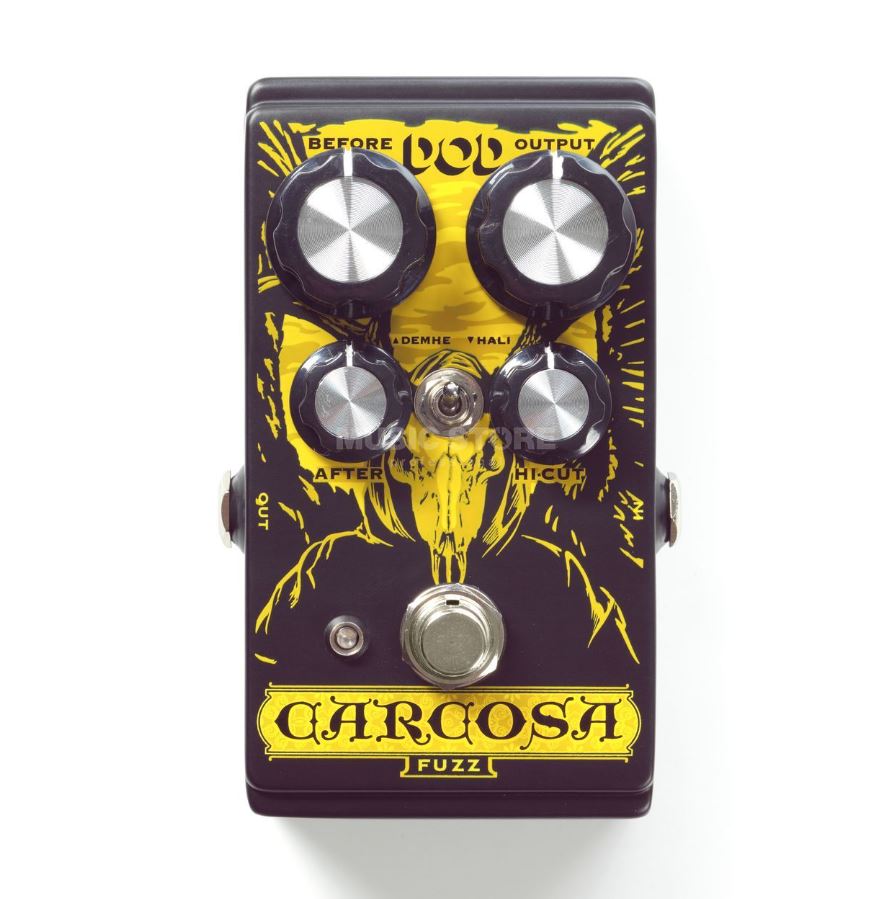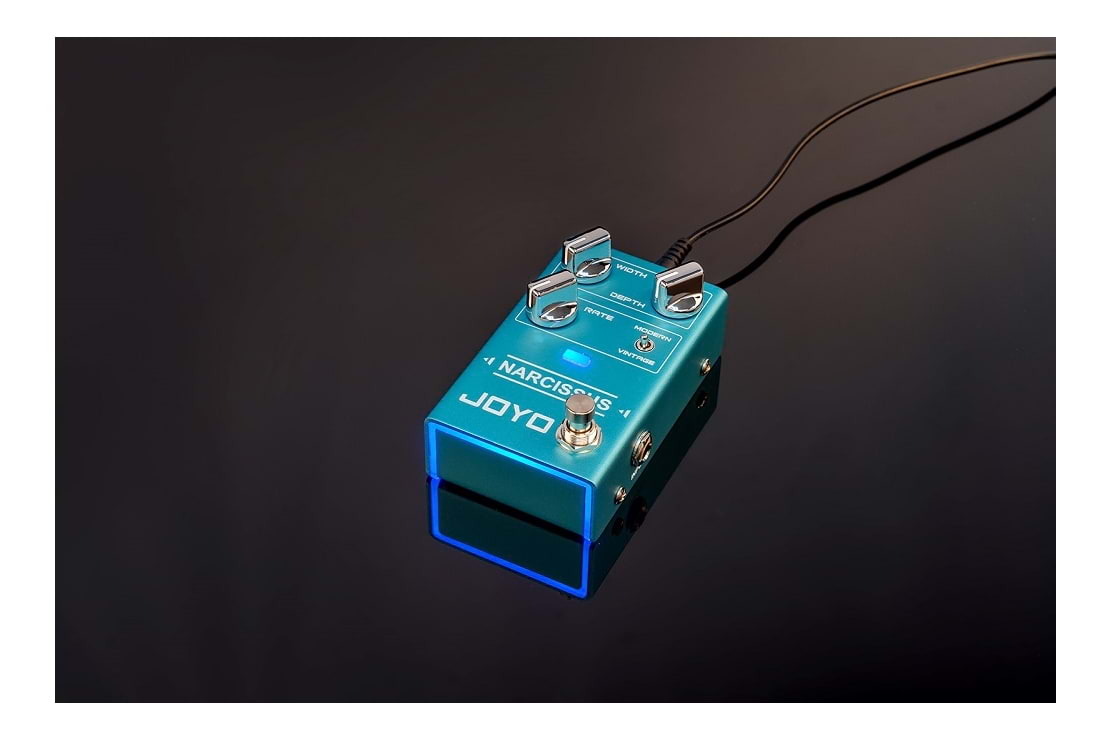
DOD Carcosa Fuzz – Gateway to Fuzzy Madness: Pedal Review
Ready to unleash a world of fuzz tones? The DOD Carcosa Fuzz pedals both vintage and modern silicon fuzz tones into one haunting stompbox. Its two distinct voice modes—Demhe and Hali—serve up everything from smooth, articulate drive to sputtery, chaotic splatter, making it a versatile tool for bassists, guitarists, and producers alike. Pros: Wide tonal range; retains low end on bass; expressive and dynamic; two distinct voice modes; unique design.Cons: Controls can be complex; extreme settings can sound unruly; not equally suited to every amp setup.Best for: Bass players who want versatile, characterful fuzz that works equally well for heavy riffs and experimental textures.Price Range: ~$120–$160 Check Price on Amazon –> Fuzz on Bass Guitar Fuzz on bass traces its roots to the early 1960s. In 1961, session bassist Grady Martin’s amplifier accidentally blew, giving his track “Don’t Worry” a fuzzy, distorted tone that changed music’s perception of bass entirely. Engineer Glenn Snoddy then created a dedicated fuzz device, resulting in the iconic Maestro FZ-1 Fuzz-Tone, the first widely marketed fuzz pedal. From that moment on, fuzz became a tone-shaping staple across genres—from psychedelic and progressive acts in the ’60s and ’70s to punk, metal, and indie movements in later decades. It reshapes timbre, boosts sustain, and adds texture in a way that cabling overdrive or distortion alone can’t replicate. Carcosa’s Place in the Fuzz Landscape Building on that legacy, the Carcosa Fuzz offers a modern twist: lush fuzz in two modes—Demhe (bass/mid boost for clean amps) and Hali (tight, defined tones for dirty amps)—augmented by a Before (pre-gain), After (bias texture), Hi-Cut, and Output control layout. Controls & Features Overview Build & Design Uses & Applications Pros & Cons Pros: Cons: FAQs Q: Is it usable on bass without losing low frequencies?A: Absolutely. Many bassists praise its retention of low-end and clarity—even without a clean blend. Q: Should I worry about splatteriness on bass?A: Crank Up the After too high (especially past noon) and you’ll enter chaotic territory that can get unruly. Many users recommend leaning into the cleaner midpoints for bass. Q: How do the two modes differ?A: Use Demhe for punchy, fuller fuzz, especially in clean rigs; Hali cuts bass for tighter fuzz when already running distorted amps. Conclusion The DOD Carcosa Fuzz is a powerful, multifaceted fuzz box that stands out in a crowded field. It offers beautifully dynamic sounds perfectly suited for bassists and adventurous guitarists—whether you’re chasing heavy, gritty textures or clean, expressive fuzz tones. Its character and flexibility make it more than just a pedal—it’s a portal to weird and wonderful soundscapes. Get the DOD Carcosa Fuzz on Amazon and unleash a world of fuzz tones! Other DOD Gear You Might Like If you enjoyed checking out this DOD pedal, here are more DOD products worth exploring — all tested and reviewed here on BassGearReviews: – DOD FX-10 Bi-Fet Preamp – A Hidden Gem Among Pedals – DOD Meatbox Reissue – Subharmonic Synth Madness



